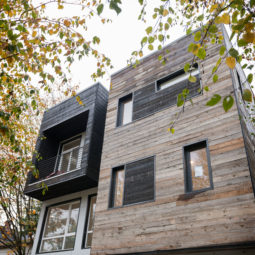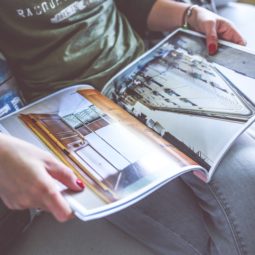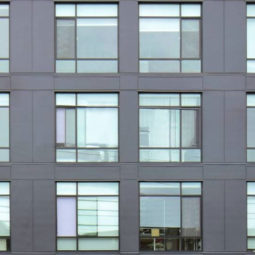Our first Passive House project has been selected by the AIA for its first-ever Explore Design Home Tour. Park Passive was chosen as one of seven homes to be featured on the day-long tour this fall.

Designed by Marie Ljubojevic and Lauren McCunney of NK Architects, Park Passive is the first certified Passive House located in Seattle. The home was certified by the Passive House Academy and authorized by the Passivhaus Institut, which sets rigorous design standards for energy use and air infiltration that translates into significantly decreased energy consumption, improved thermal comfort, and superior indoor air quality. Our Passive House consultants on this project were Rob Harrison and Dan Whitmore.
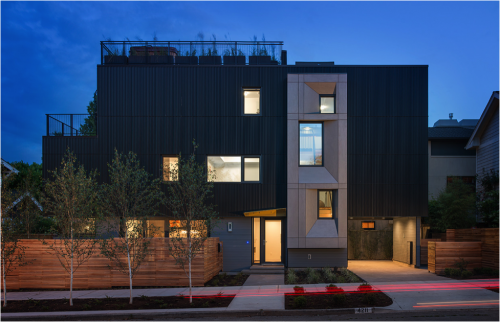
Despite an incredibly difficult site for Passive House construction, our drive to lead sustainable building in Seattle led to the development of this project. Park Passive is situated on a tiny urban infill lot (as most of our homes do) with a small, shallow floor plate, zoning envelope that required us to work with the form of the existing house; and passive house requirements that minimized glazing on the north side of the house, where windows would have been intuitively placed and necessitated 18” thick walls.
The home’s vertical design features a day-lit open stairwell with punctuated views to the street; a double-height vaulted kitchen space that visually connects the main living area to the upstairs kids play area; and several large skylights that usher light into the kitchen area. We also salvaged existing site trees for stair treads, wall paneling, and a live-edge bathroom counter top.
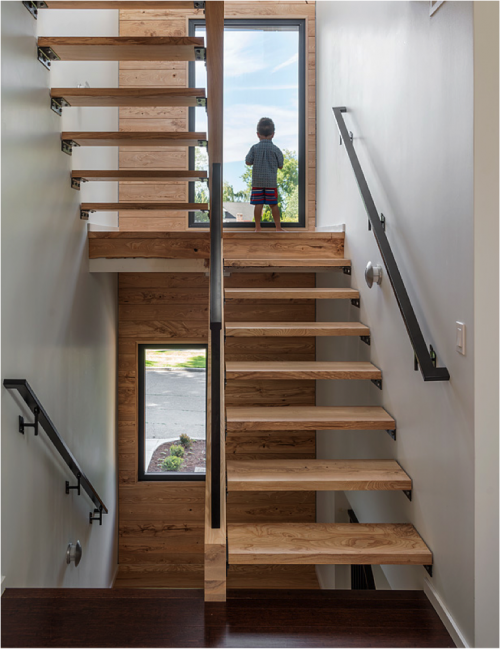
To build a home that doesn’t need a furnace, it has to be airtight, lots of insulation, and great windows. The walls are 16” thick, airtight and full of insulation, the roof has 24” of dense-pack insulation and there is 8” of structural insulating foam under the foundation. We imported super high performance windows from Lithuania and installed them with a crane. The insulator was there a week instead of a day, and we used an infrared camera to inspect the entire house for air leaks and insulation integrity.
As one of Washington State’s most energy efficient homes, the 4-bedroom, 3-bath Park Passive uses approximately 75-80% less overall energy compared to homes built to today’s code standards. This figure reflects all of the energy used in the home by its family of four for electronics, cooking and refrigeration, clothes washing and drying, and hot water for bathing and dishwashing.
Park Passive’s average indoor air temperature of 70 degrees is managed by opening and closing its Intus high performance windows and doors in summer and using the heat recovery ventilator when it’s colder.
« Previous Story Next Story: Park Passive Showcased in DJC
